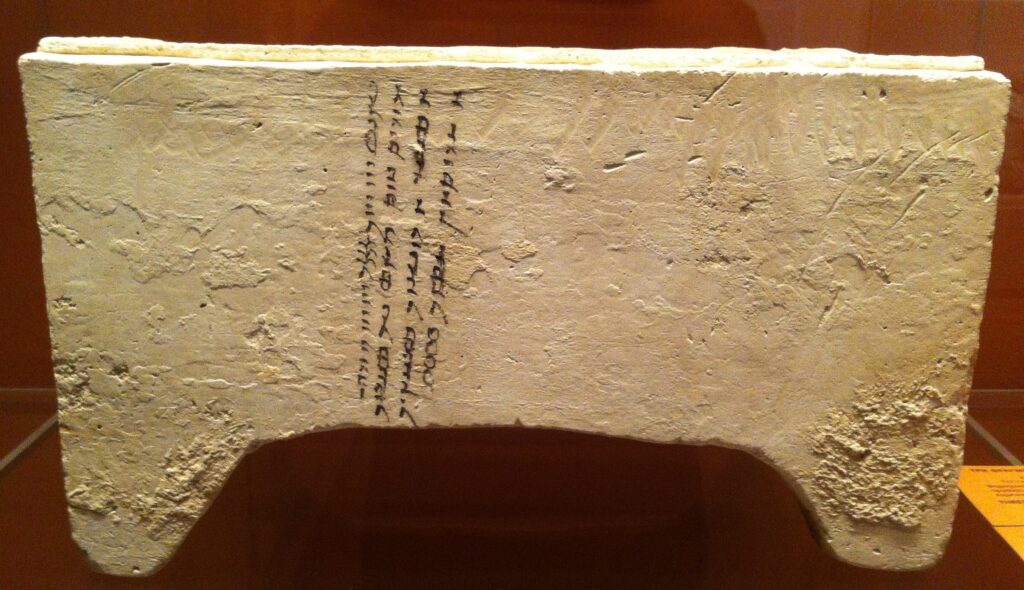In 1962 and 1964, A.V. Gudkova and the expeditions sponsored by the Academies of Sciences of the Uzbek SSR and Soviet Union discovered fragments of about 100 inscribed and painted alabaster ossuaries, including about 20 fully preserved ossuaries, in the Tok-Kala cemetery complex located to the north of Nukus, Uzbekistan (roughly the northern part of ancient Chorasmia). The terminus ante quem for this cemetery is roughly the early 8th c. CE—the destruction of the settlement possibly being connected with Qutayba b. Muslim’s second campaign and conquest of Chorasmia in 712 CE.
Many of the inscriptions bear dates between ~ 658 and 753 according to an unnamed era. On the assumption that the destruction did indeed occur during the second campaign of Qutayba, then the beginning of that era cannot be later than 42 BCE. The ossuary inscriptions would thus range in date from ~ 616 to 711 CE.


Photographs of the first forty or so inscriptions appeared in Gudkova’s report on Tok-Kala published in 1964, with English and Russian decipherments of 9 inscriptions published by Tolstov and Livshits in the same year. Henning was to praise Livshits’ work very highly in a study of Middle Chorasmian epigraphy the next year, calling it “not merely competent, but even inspired”; his study also included slight improvements to the readings of the ossuary texts. For the next fifty years, no further texts were published until Lurje (2013), who published 4 additional unpublished inscriptions.
The total of published Tok-Kala inscriptions is thus just over a dozen out of over 100 known inscriptions. Clearly there is much to be done in this area.
